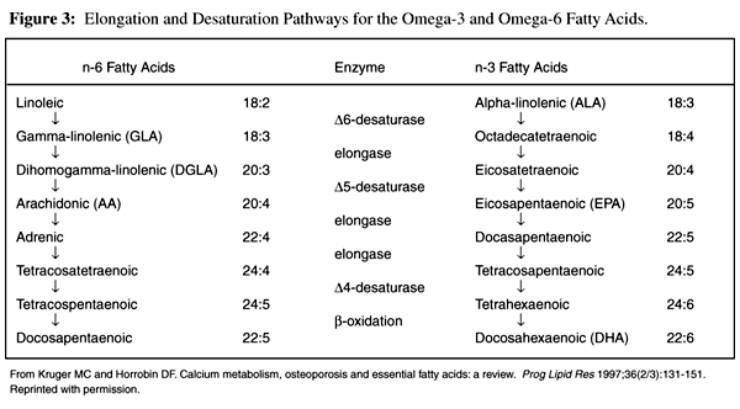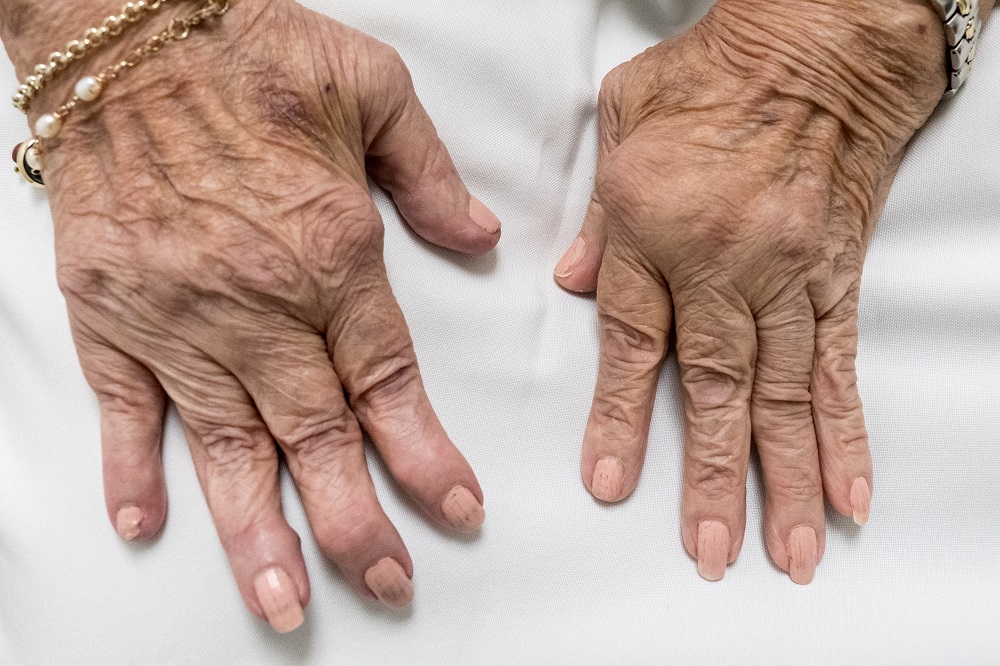Do Omega 3 and Turmeric Have a Role in Promoting Neuroprotection?
SOURCE: BIBA Spinal News
“In an animal model of myelopathy, we have demonstrated that DHA and curcumin can counteract the effects of chronic spinal cord compression through several molecular mechanisms, resulting in the preservation of neurological function.”
A study published in the Journal of Neurosurgery: Spine indicates, in an animal model, a diet rich in docsahexaenoic acid (DHA; an omega-3 fatty acid) and curcumin (one of the principle components of turmeric) can neutralise the clinical and biochemical effects of myelopathy.
Langston Holly, Department of Neurosurgery, David Geffen School of Medicine, University of California, Los Angeles, USA, and others reported that they examined the effects of a DHA and curcumin rich diet in promoting neuroprotection in an animal model of myelopathy because while several studies have shown dietary supplementation to have beneficial effects on cerebral function, “comparatively little information has been published regarding the use of dietary supplementation to enhance neural repair in disorders affecting the spine, and this represents a fertile area for study.”
In the study, 27 rats were equally divided into three groups: spinal compression (via surgical placement of thin epidural non-resorbable polymer in the mid-thoracic spine, designed to induce delayed neurological deficit) and a “Western society diet” (ie, one rich in saturated fats); spinal compression and a diet rich in DHA and curcumin; and no spinal compression and a standard diet.
Twenty-one days after the spinal compression procedure, using CatWalk XT software analysis (Noldus Information Technology), the rats in the Western diet group showed significant worsening in ambulatory parameters compared with the other two groups (such as cadence, p<0.02; mean stepping intensity, p<0.03; and print width, p<0.04). Rats in the Western diet group also had significantly worse gait at 21 days and 42 days (the end of the study) after surgery compared with their baseline levels, but there were no significant differences between postoperative gait parameters (at 42 days) and baseline gait parameters for rats in the DHA and curcumin group. Holly et al wrote: “Additionally, although the two groups started with statistically equivalent performance in these parameters, the DHA and curcumin group had significantly better gait function than the Western diet group at the final postoperative day 42 time point (p<0.05).”
They added that 4-HNE levels in the thoracic region at the site of compression were significantly elevated in the Western diet group, indicating “severe cellular membrane damage.”
The injury model used in the study, Holly et al wrote, reduced levels of brain-derived neurotrophic factor (BDNF). According to the authors, BDNF has been shown to have important roles in “axonal regeneration, promoting neuronal survival, regulating synapse formation and stabilisation, increasing dendritic complexity, and enhancing synaptic efficacy.” They added that one possible mechanism of neural repair in the present study was that the use of DHA and curcumin maintained levels of BDNF within the damaged spinal cord and potentiate its effects.
They concluded: “In an animal model of myelopathy, we have demonstrated that DHA and curcumin can counteract the effects of chronic spinal cord compression through several molecular mechanisms, resulting in the preservation of neurological function.”
Holly said: “Our findings suggest that diet can help minimise disease-related changes and repair damage to the spinal cord. We next want to look at other mechanisms involved in the cascade of events leading up to chronic spinal-cord injury. Our goal is to identify which stages will respond best to medical intervention and identify effective steps for slowing the disease process.”
Thanks to David Graber for drawing my attention to this article!
The Abstract:
Dietary Therapy to Promote Neuroprotection in Chronic Spinal Cord Injury
J Neurosurg Spine. 2012 (Jun 26) Epub ahead of print
Holly LT, Blaskiewicz D, Wu A, Feng C, Ying Z, Gomez-Pinilla F.
Department of Neurosurgery, David Geffen School of Medicine at UCLA
Object: The pathogenesis of cervical spondylotic myelopathy (CSM) is related to both primary mechanical and secondary biological injury. The authors of this study explored a novel, noninvasive method of promoting neuroprotection in myelopathy by using curcumin to minimize oxidative cellular injury and the capacity of omega-3 fatty acids to support membrane structure and improve neurotransmission.
Methods: An animal model of CSM was created using a nonresorbable expandable polymer placed in the thoracic epidural space, which induced delayed myelopathy. Animals that underwent placement of the expandable polymer were exposed to either a diet rich in docosahexaenoic acid and curcumin (DHA-Cur) or a standard Western diet (WD). Twenty-seven animals underwent serial gait testing, and spinal cord molecular assessments were performed after the 6-week study period.
Results: At the conclusion of the study period, gait analysis revealed significantly worse function in the Western diet (WD) group than in the DHA-Cur group. Levels of brain-derived neurotrophic factor (BDNF), syntaxin-3, and 4-hydroxynonenal (4-HNE) were measured in the thoracic region affected by compression and lumbar enlargement. Results showed that BDNF levels in the DHA-Cur group were not significantly different from those in the intact animals but were significantly greater than in the WD group. Significantly higher lumbar enlargement syntaxin-3 in the DHA-Cur animals combined with a reduction in lipid peroxidation (4-HNE) indicated a possible healing effect on the plasma membrane.
Conclusions: Data in this study demonstrated that DHA-Cur can promote spinal cord neuroprotection and neutralize the clinical and biochemical effects of myelopathy.




This spice has been gaining a lot of consideration in the literature and media. The curcumin portion of tumeric has been shown to help reduce the onset of diabetes in the prediabetes demographic. It seems tumeric/curcumin reduces systemic inflammation and modulates oxidation-reduction stress. Its speculated that curcumin may help/enhance the beta cells of the pancreas. I believe its estimated that nearly 79 million people are within the prediabetes definition. We can have an impact on this demographic. The cost of care for diabetic patients per year is approximately $179 billion per year and growing. This is more evidence that “Lifestyle Medicine” is and will be important in reducing chronic health conditions and we can be major players.
Several of the supplements I prescribe to patients, regularly, contain tumeric. I find that it helps with decreasing inflammation and reduces blood sugar, in my diabetic population. I agree with Karl, we need more “Lifestyle Medicine” practitioners to help stop the downward spiral of health and healthcare in America.
This just in from Consumerlabs dot com:
What’s really in turmeric and curcumin supplements and spices? Turmeric supplements should contain large amounts of curcuminoids – compounds which appear to have anti-inflammatory effects. But we uncovered two products with only 33% and 53% of the expected compounds. We also tested popular turmeric spices used in cooking. Most contained large numbers of insect parts, which suggests insanitary storage, and one “organic” product contained a whole insect larvae!